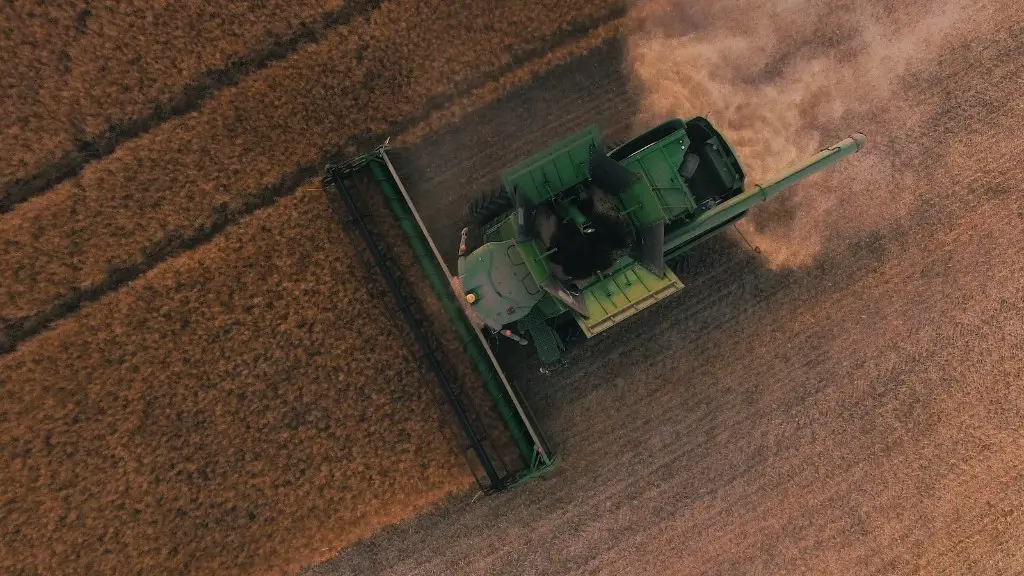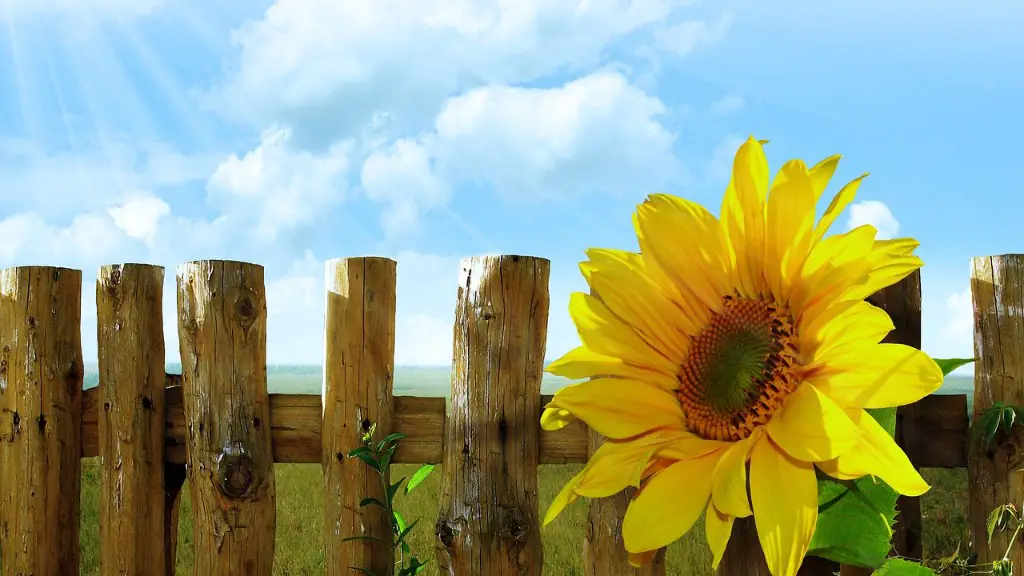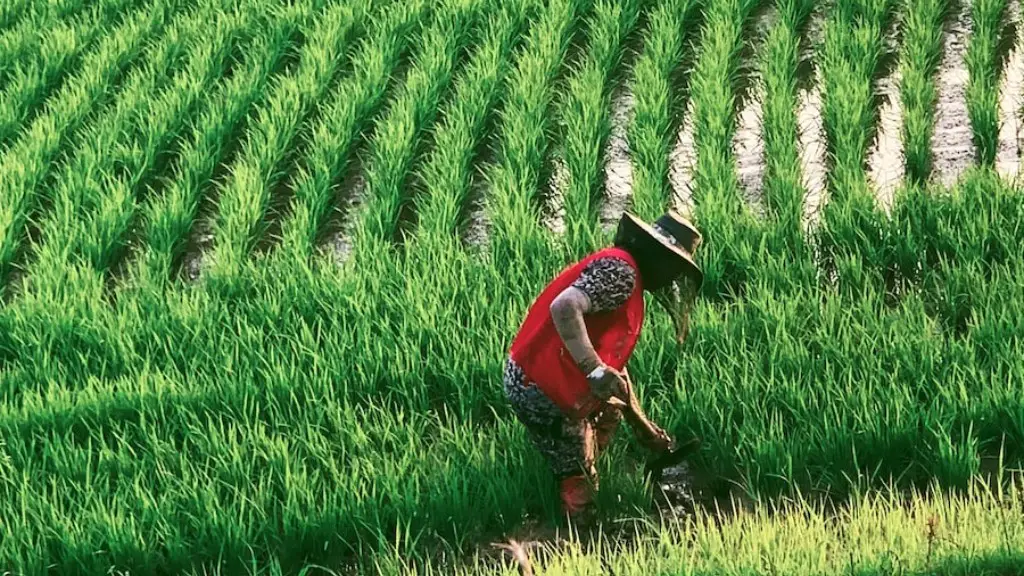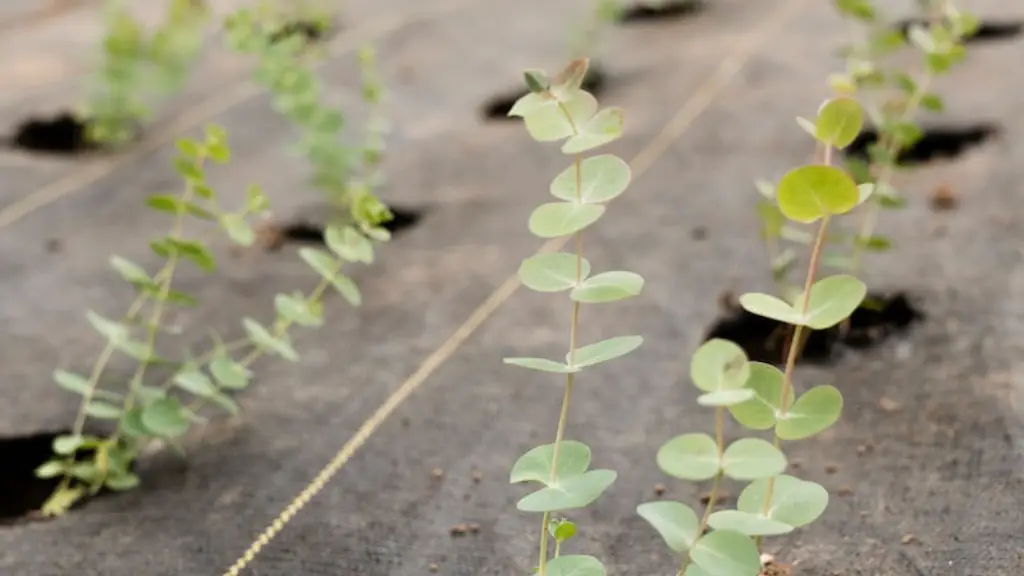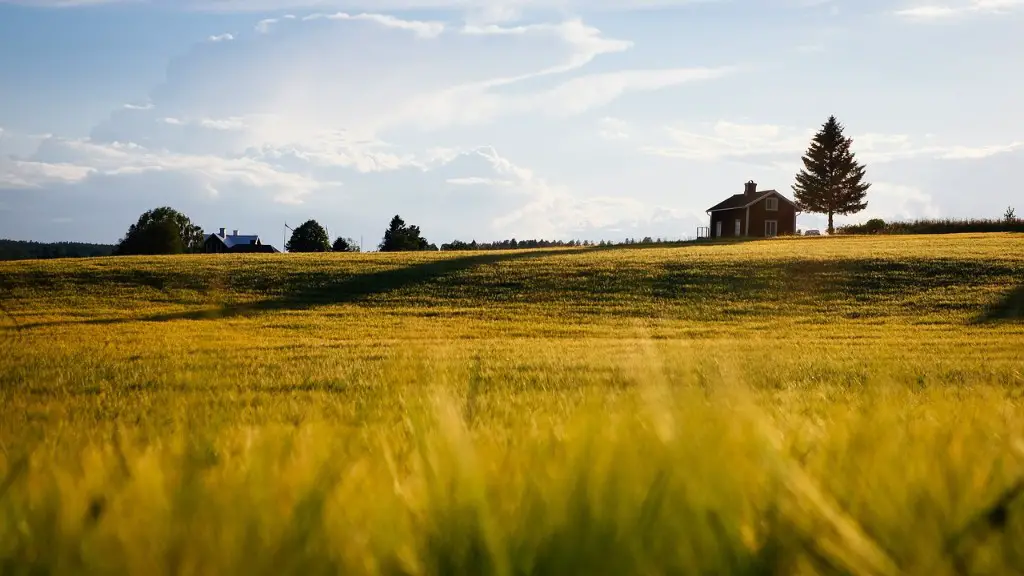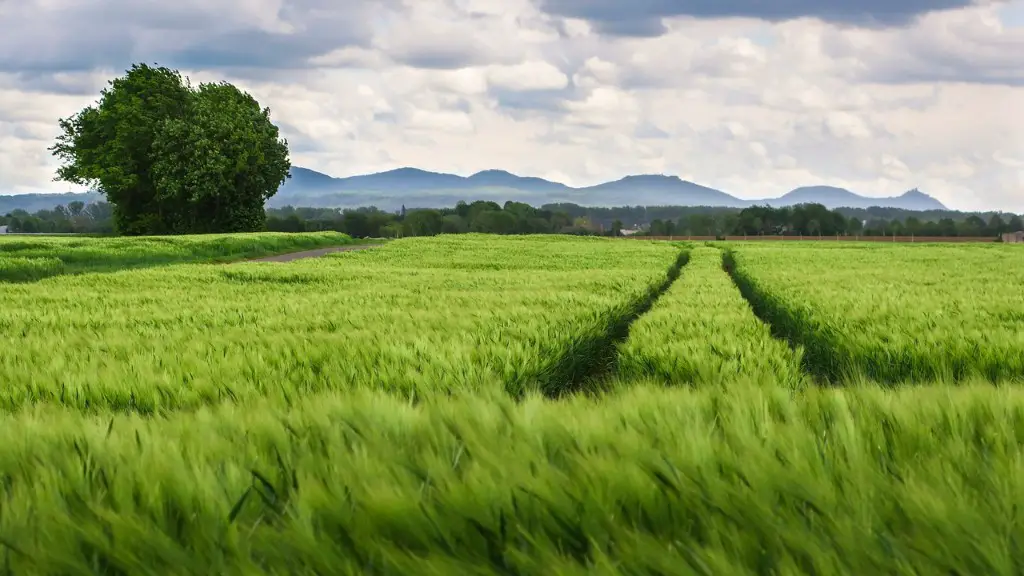Pollution heavily affects the agricultural industry. Pollutants such as chemicals, fertilizers, pesticides, and sewage contaminate the soil, air, and water, resulting in a decline in harvest yield, changes of livestock’s health, and a decrease in crop quality. While some agricultural producers use pollution-control measures to protect their land, the efforts are not enough, and the region as a whole cannot curtail the spread of pollutants.
The primary cause of pollution affecting the agricultural output is emissions from motor vehicles, such as agricultural equipment and trucks. These emissions, along with the combustion of fossil fuels, release carbon dioxide and other dangerous toxins that drift onto the crops, livestock, and soil. The chemicals in these emissions corrode, contaminate, and often kill the land, making it difficult for crops to thrive.
The crop yield is greatly affected by the contaminants in the soil, as the pollution prevents the growth of essential nutrients. This affects the nutrient density of the soil, resulting in sparse foliage, inadequate nutrition for plants, and a decrease in quality. In addition, the air quality is reduced, and the livestock are subject to respiratory diseases and other health issues.
Water pollution is particularly dangerous for the agricultural industry, as toxins from natural and industrial sources move into water courses and streams, which is then taken up by crops. nitrate levels in agricultural water sources is also a major problem, as these contaminants can cause cancer and other metabolic disorders. Furthermore, heavy metals and viruses can also lead to long-term health impacts, and can ultimately result in the production of crops and harvests that are too toxic to consume.
Pollution and agricultural production are also linked in terms of climate change. When the soil is disrupted, the chemical compounds can escape and drift into the air, leading to a host of environmental problems. As carbon dioxide and other greenhouse gases accumulate in the atmosphere, the planet’s temperature rises, leading to a decrease in crop yields and an increased frequency of natural disasters.
In conclusion, pollution has had a detrimental effect on agricultural production, leading to a decreased quality of crops and livestock, an imbalance in the soil’s nutrient density, and a deterioration in air and water quality. Further complicating the issue is climate change, which can contribute to an even greater degradation of the land and exacerbate existing problems.
Pollution & Water Quality
Water pollution has far-reaching effects on agricultural production, and can lead to a decrease in crop yields, an increase in chemical residue, and a heightened risk of health hazards from pathogens and toxins. Contaminants, such as organic and inorganic pollutants, reach crops through the soil, leading to an accumulation of toxins and potentially hazardous materials. This can cause health problems for people, animals, and crops, leading to a decrease in quality, yield, and ultimately, food safety.
These pollutants can enter the water source in a variety of ways, such as through industrial runoff, urbanization, and fertilizer use. Nitrates are especially damaging, as they can cause metabolic disorders, and can also contaminate aquaculture and fisheries. Furthermore, some pollutants, such as heavy metals, can accumulate in the soil and cause long-term health problems, making it difficult or even impossible for crops to grow.
In addition, the increased temperature resulting from climate change has a direct effect on the water quality, leading to a decrease in oxygen levels, potential toxic algal blooms, and a decrease in pH. This can lead to a decrease in biodiversity in aquatic ecosystems, which affects the availability of certain species, as well as the abundance of other animals and plant life.
To protect the environment and maintain agricultural production, it is essential for people to prevent water pollution and to practice water conservation. There are a variety of methods that can be used to do this, such as reducing chemical usage, limiting industrial use, and utilizing innovative conservation techniques, such as rain harvesting.
It is also important to practice soil conservation, as soil is essential for crop growth and can be affected by various pollutants. This can involve implementing measures to reduce erosion, such as crop rotation and terracing, as well as ensuring that fertilizers and other chemicals are used responsibly.
pollution & air quality
Air pollution is another major issue that has serious consequences for agricultural production. Emissions from motor vehicles, including agricultural equipment, are primary contributors to air pollution, and when these pollutants enter the atmosphere, they can drift onto crops, causing a decrease in the nutritional value and quality of the harvest.
These pollutants, such as carbon monoxide, nitrogen oxide, and sulfur oxide, can also corrode the soil, leading to an accumulation of toxins over time. Furthermore, air pollution can cause serious health problems for livestock, leading to difficulties in breathing, a decrease in fertility, and a weakened immune system.
Harmful materials, such as carbon dioxide and other greenhouse gases, can accumulate in the atmosphere and contribute to global warming, leading to more frequent and destructive natural disasters. These disasters can then lead to further soil erosion and wear, resulting in the depletion of essential nutrients and a decrease in soil quality. This is a massive problem for agriculture, as it will lead to an inability to produce quality crops.
It is essential to reduce and balance the amount of air pollution in order to protect agricultural production. This can be accomplished by reducing the combustion of fossil fuels, prohibiting emissions from vehicles, and implementing emission-control regulations in areas where agricultural production is particularly heavy.
Pollution & Livestock
Pollution has a pronounced effect on livestock health, and can lead to serious health problems, such as respiratory diseases. Furthermore, air, water, and soil pollution can cause a decrease in the nutritional value of feed, leading to difficulty in digesting and assimilating food, and ultimately, a decrease in production.
Chemicals, fertilizers, and pesticides that are used in agricultural production can also be detrimental to livestock health and production, as these contaminants can affect the nutrient density of the soil, leading to the depletion of essential vitamins and minerals.
Climate change has an effect on the health of livestock, as extreme temperatures can lead to a decreased appetite and difficulty in regulating body temperature. Furthermore, the frequency of natural disasters is increasing, leading to a heightened risk of disruption and displacement of the animals, and a decrease in the quality of the environment.
It is essential to control the amount of pollutants that enter the environment in order to protect the health of livestock. This includes reducing the use of chemicals, fertilizers, and pesticides, limiting emissions from agricultural equipment, and utilizing sustainable and conservation practices to maintain ecological balance.
Pollution & Soil Quality
Soil is an essential element for agricultural production, and, as a result, pollution can have a detrimental effect on the land, leading to a decrease in soil quality and fertility.
Soil erosion is caused by a variety of pollutants, such as nitrogen from agricultural fertilizers, carbon dioxide from the combustion of fossil fuels, and chemicals from industrial programming. These pollutants can cause the depletion of important nutrients, leading to a decrease in crop yields and an inability to produce high quality food. Pollutants can also enter the soil through air and water, leading to an accumulation of toxins and hazardous materials.
Climate change has also had an effect on the soil, leading to increased temperatures and more frequent natural disasters. These conditions can lead to a decrease in the nutrients available in the soil, exacerbating existing problems and making production more difficult.
In order to protect the soil and maintain agricultural production, it is important to implement pollution-control measures, and to practice sustainable farming techniques, such as crop rotation and efficient water use. These measures will help to reduce soil erosion, conserve valuable nutrients, and prevent the accumulation of toxins and hazardous materials in the soil.
Pollution & Conservation
In order to protect agriculture from the damaging effects of pollution, it is essential to practice conservation methods. This includes reducing the use of chemicals, fertilizers, and pesticides, and implementing measures to limit the use of fossil fuels and industrial emissions. It is also important to practice soil conservation, as this can lead to a reduction in soil erosion and an improvement in soil quality.
It is also important to reduce water pollution and to practice water conservation. This can be done through a variety of means, such as utilizing rain harvesting and limiting industrial and agricultural use. Furthermore, holistic management techniques can be used to improve water quality and limit the spread of pollutants, such as through the use of buffer strips and wetlands.
Other conservation measures can also be utilized, such as reducing the amount of waste that enters the environment, limiting deforestation and land clearing, and preserving adequate wildlife habitat. Additionally, it is essential to implement pollution-control measures and to implement regulations that prohibit the use of hazardous materials in agricultural production.
